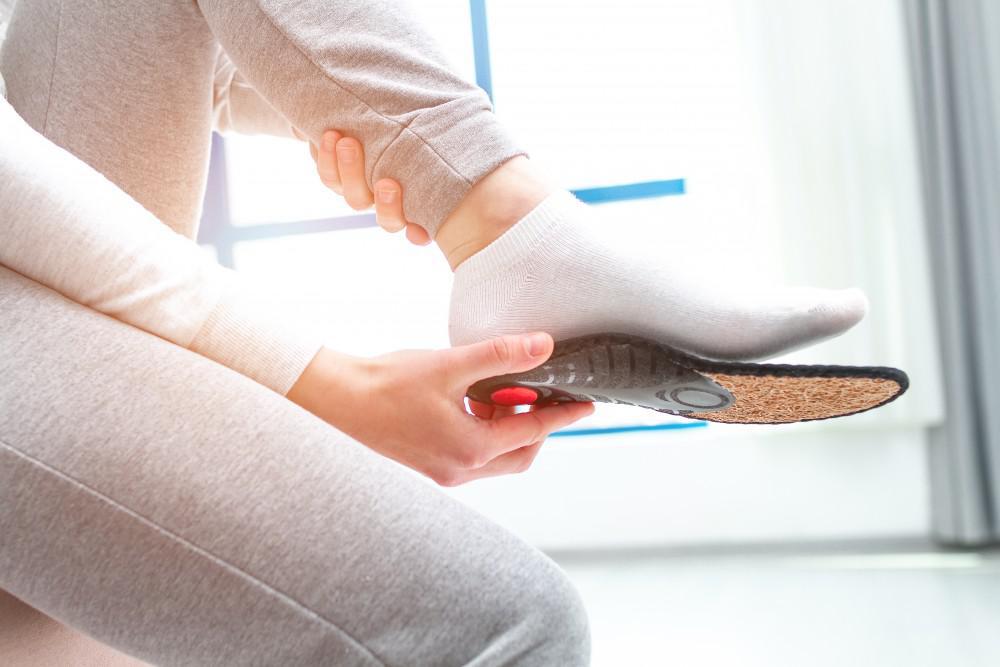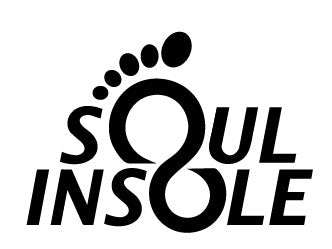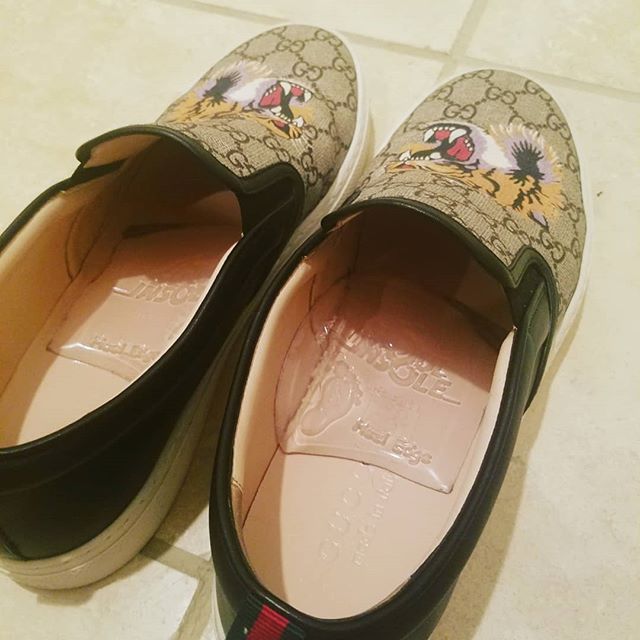
Plantar Fasciitis 101
PLANTAR FASCIITIS BASICS
Plantar Fasciitis is a painful ailment involving micro-tears and inflammation in the Plantar Fascia. The Plantar Fascia is a band of connective tissue that runs all along the bottom side of the foot. This tissue helps to support the arch of the foot and helps to absorb some of the strain that we put on our feet while walking, running or doing other kinds of vigorous activities. It has an attachment point at heel and this is a common spot for the micro tears to happen.
Picture This...
Imagine your Plantar Fascia as a bunch of rubber bands. They can be stretched, but if you pull it too far, you will begin to see little cracks and tears in the rubber. When the rubber bands get older, they become more brittle and easier to break and crack. When you jump, run and walk the arch of your foot can drop slightly from the impact and the plantar fascia is designed to stretch and support during these activities. But, sometimes, too much pressure can damage or tear the tissues. If the arch drops further than the ability of the plantar fascia, it can cause micro-tears in the Plantar Fascia (connective tissue) and often it happens at the attachment point at the heel. A body's natural response to injury is inflammation, which results in the heel pain and stiffness felt by those experiencing plantar fasciitis.
 Do I have Plantar Fasciitis?
Do I have Plantar Fasciitis?
WHAT CAUSES PLANTAR FASCIITIS?
There are some things that can make a person more apt to experience Plantar Fasciitis:
- Tight calf muscles - this can make it hard for you to flex your foot and can pull on the plantar fascia
- Being overweight - this can increase the everyday shocks of moving and amplify impact on the feet
- Very high arches because the fascia are already under extra tension
- Very low arches because the plantar fascia is already stretched to a near maximum
- Repetitive impact activity like running, hiking or other sports
- Age - tissues can become less flexible and more brittle with age
PRODUCTS TO HELP MANAGE PLANTAR FASCIITIS:

Soul Insole micro-size MAXIMUM COMFORT
Premium Orthotic Insole
Erase Foot Pain For Good!
There are a few products that can help to alleviate Plantar Fasciitis:
- Orthotics / Arch Supports: #1 Recommended is The Soul Insole micro-size Maximum Comfort Orthotic
- Night Splints (if you have tight calves and tend to sleep with your toes pointed)
- Massage Rollers / Or roll your feet on a golf ball to break up the scar tissue
- Warm Epsom Salt Baths
- Kinesio-Tape
Stretches & Exercises To Help Strengthen & Protect The Feet:
Here is a great video with stretches and exercises aimed at preventing and recovering from plantar fasciitis:- Balance on one foot, while trying to keep all four corners of the feet touching the ground
- Point the toes
- Pick up marbles or other small things with your toes
MANAGING PLANTAR FASCIITIS AND KEEPING ACTIVE
Plantar fasciitis is a painful ailment that may even require surgery, so it's important to talk with your doctor about your symptoms. He or she can help you to be sure that you do not have a different condition. They can also help you put together a plantar fasciitis pain management plan that's right for you, which may include:- Taking a break from those activities that cause you pain
- Using supportive devices for your feet and proper shoes
- Medication / Vitamins as directed by a doctor
- Special exercises or therapies to help strengthen foot muscles or correct a problem with your gait
- Acupuncture, Chiropractic and Physical Therapy
Please note that this is NOT a medical diagnosis. For information purposes only. We recommend that you consult your podiatrist or physician before using products.
SOURCE: Kadakia, A. R., MD. (2010, June). Plantar Fasciitis and Bone Spurs-OrthoInfo – AAOS (S. J. Fischer MD & S. L. Haddad MD, Eds.). Retrieved October 26, 2018, from http://orthoinfo.aaos.org/topic.cfm?topic=A00149
This content is not intended to be a substitute for professional medical advice, diagnosis, or treatment. Always seek the advice of your physician or other qualified health provider with any questions you may have regarding a medical condition.




